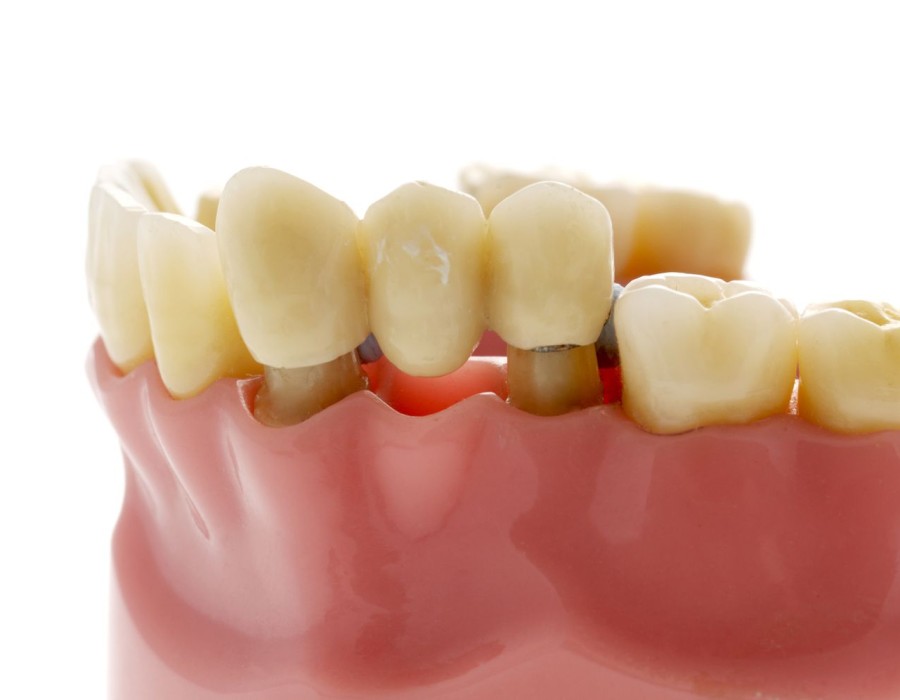Dental bridges are an effective solution for replacing missing teeth, but they can also be a significant financial investment. Understanding how insurance coverage applies to dental bridges is crucial for managing costs and making informed decisions about your oral health. This guide will walk you through the key aspects of insurance coverage for dental bridges, helping you navigate the often complex world of dental benefits.
Types of Dental Insurance Plans
Dental insurance plans typically fall into two main categories: indemnity plans and managed care plans (such as PPOs and HMOs). Indemnity plans often offer more flexibility in choosing providers but may have higher out-of-pocket costs. Managed care plans usually have a network of dentists and can offer lower costs, but with less flexibility.
Coverage for Dental Bridges
Most dental insurance plans classify bridges as a major procedure, typically covering 50% of the cost after you've met your deductible. However, coverage can vary widely between plans, with some offering as little as 20% coverage or as much as 80%.
It's important to note that many plans have a waiting period for major procedures, which can range from six months to two years after your policy begins. Additionally, most dental insurance plans have an annual maximum benefit, often between $1,000 and $2,000, which can significantly impact your out-of-pocket costs for a dental bridge.
Factors Affecting Coverage
Several factors can influence your insurance coverage for dental bridges:
- Medical Necessity: Insurance companies often require that the bridge be deemed medically necessary, not just cosmetic. Your dentist may need to provide documentation to support this.
- Alternative Treatments: Some insurers may require that less expensive alternatives, such as partial dentures, be considered first.
- Pre-existing Conditions: If your tooth was missing before your coverage began, it might be considered a pre-existing condition and not covered.
- Frequency Limitations: Many plans limit how often they'll cover replacement bridges, typically once every 5-7 years.
Maximizing Your Benefits
To get the most out of your insurance coverage for a dental bridge, consider these strategies:
- Timing: If your plan has an annual maximum, and you're nearing the end of your benefit year, consider splitting the procedure across two benefit years to maximize coverage.
- Pre-treatment Estimates: Ask your dentist to submit a pre-treatment estimate to your insurance company. This will give you a clearer picture of your out-of-pocket costs before proceeding.
- In-network Providers: If you have a managed care plan, staying in-network can significantly reduce your costs.
- Flexible Spending Accounts (FSAs) or Health Savings Accounts (HSAs): These can be used to pay for out-of-pocket costs with pre-tax dollars.
Additional Considerations
Remember that dental insurance typically doesn't cover the full cost of a bridge. Be prepared for out-of-pocket expenses and consider discussing payment plans with your dentist if needed.
Also, some medical insurance plans may cover dental bridges if they're needed due to an accident or certain medical conditions. It's worth checking your medical coverage as well.
Conclusion
Navigating insurance coverage for dental bridges can be challenging, but understanding your benefits is crucial for managing costs effectively. Always review your specific plan details, as coverage can vary significantly between insurers and individual plans. Don't hesitate to contact your insurance provider directly with questions about your coverage.
Remember, while cost is an important factor, it shouldn't be the only consideration when deciding on a dental bridge. The long-term benefits to your oral health, function, and confidence are also vital factors to weigh in your decision-making process. By understanding your insurance coverage and working closely with your dentist, you can make an informed decision that balances your oral health needs with your financial considerations.





Comments